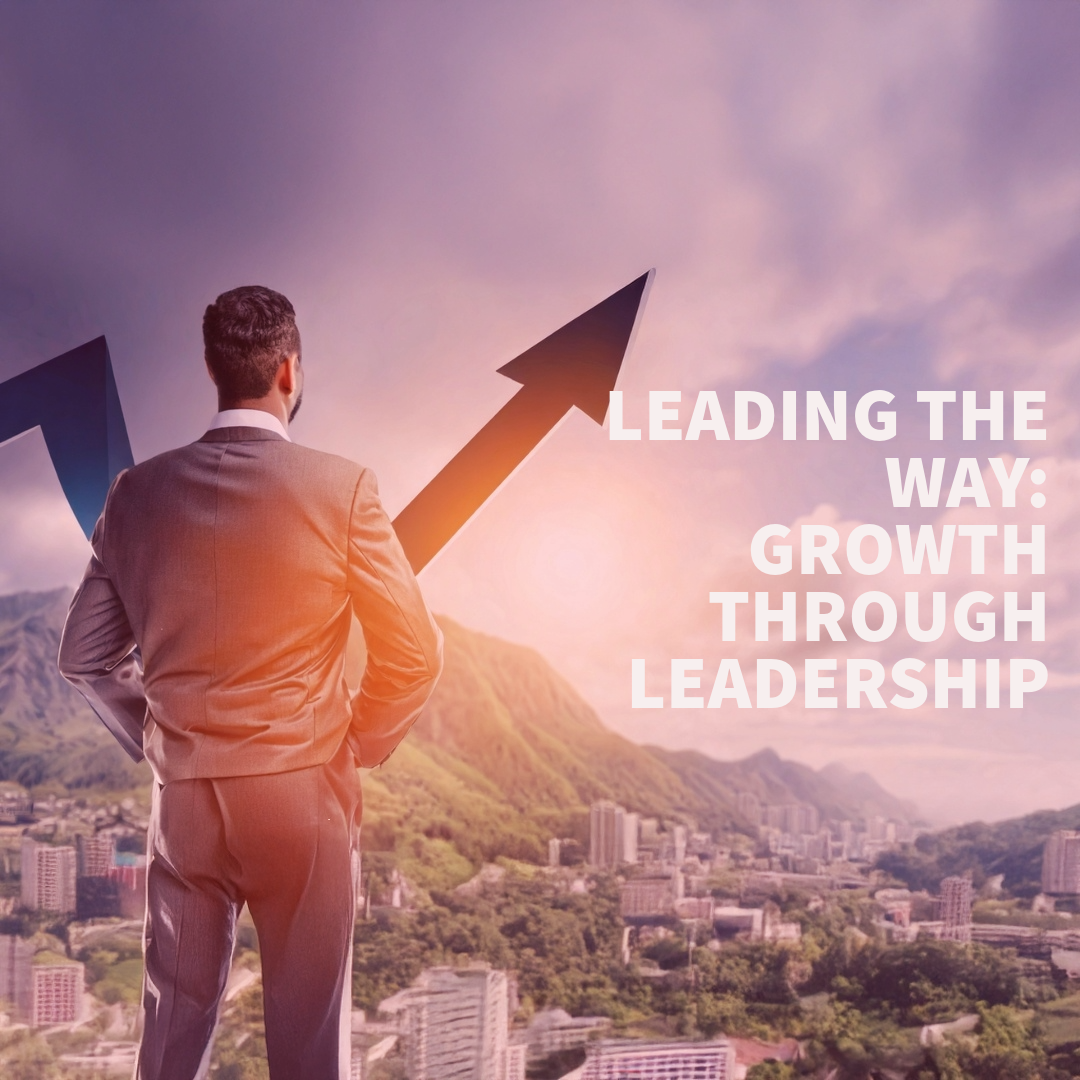How Leadership Development Powers Economic Growth

Rosabeth Moss Kanter, a respected professor at Harvard Business School, has spent her career connecting the dots between leadership and economic innovation. Her work shows that developing strong leaders doesn’t just benefit companies—it creates ripple effects that boost entire communities and economies.
Effective leaders encourage teamwork, spark innovation, and help their organizations adapt to change. That kind of forward-thinking leadership attracts investment, drives productivity, and supports long-term growth. Kanter believes leadership isn’t a soft skill—it’s a strategic asset. She famously said, “Strategic leadership is an economic resource,” reminding us that developing talent is more than an HR initiative—it’s an engine for prosperity.
But good leaders aren’t born overnight. Building strong leadership takes training, mentorship, and a commitment to continuous learning. And when businesses and governments make that investment, the rewards show up as better jobs, stronger institutions, and thriving local economies.
Kanter’s research is clear: the path to economic progress starts with leadership development. If we want innovation and growth, we need people equipped to lead with vision and impact.
👉 Want to explore this connection further? Check out: How Good Leadership Helps Innovation and Growth

